Custom Backpack Technolog
Backpack Logo Customization Technology
There are many kinds of production processes for custom backpack Technolog, and different processes have their own characteristics in terms of visual effects, durability, cost and applicable materials. The following is a comparison of common processes and their advantages and disadvantages, combined with an analysis of different usage scenarios and materials:
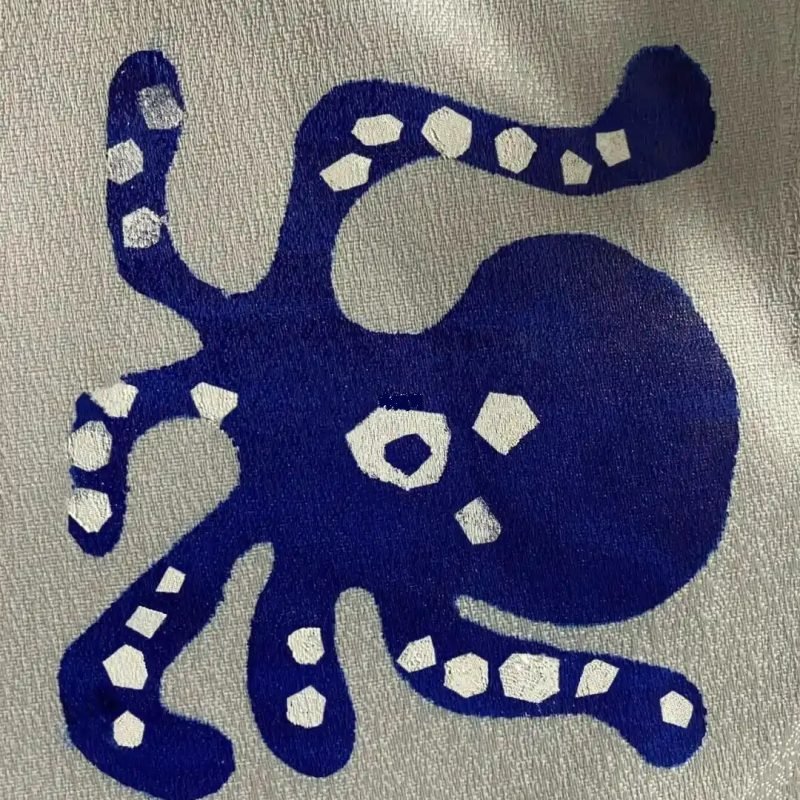
Screen Printing
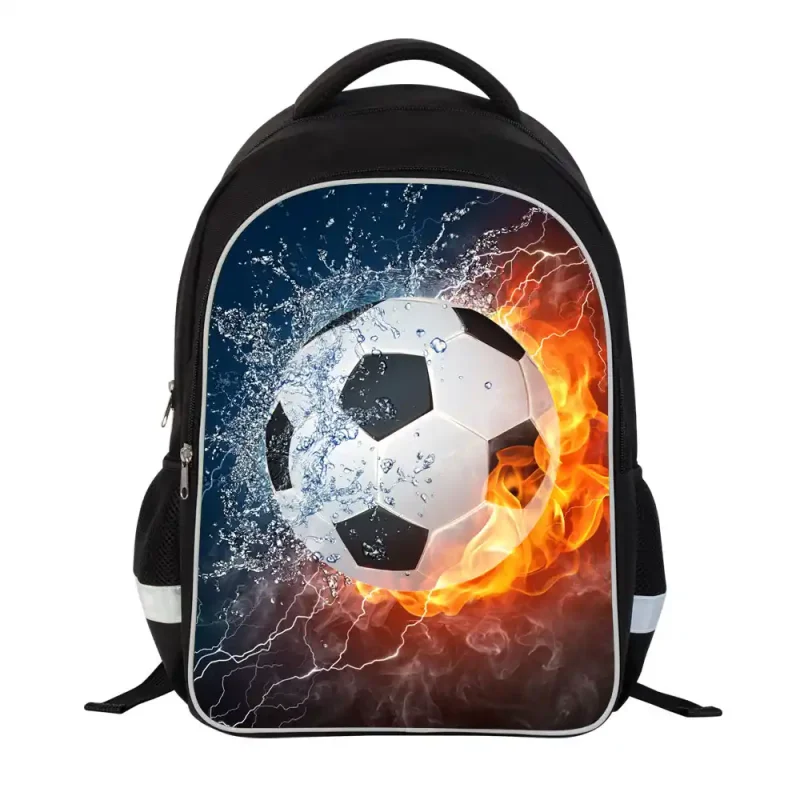
Heat Transfer Printing
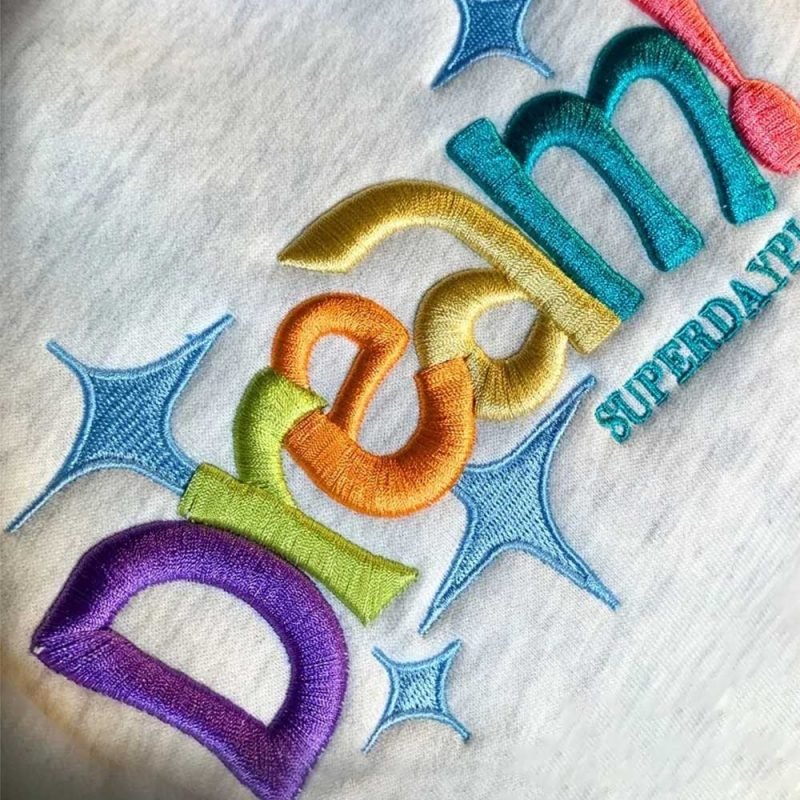
Embroidery
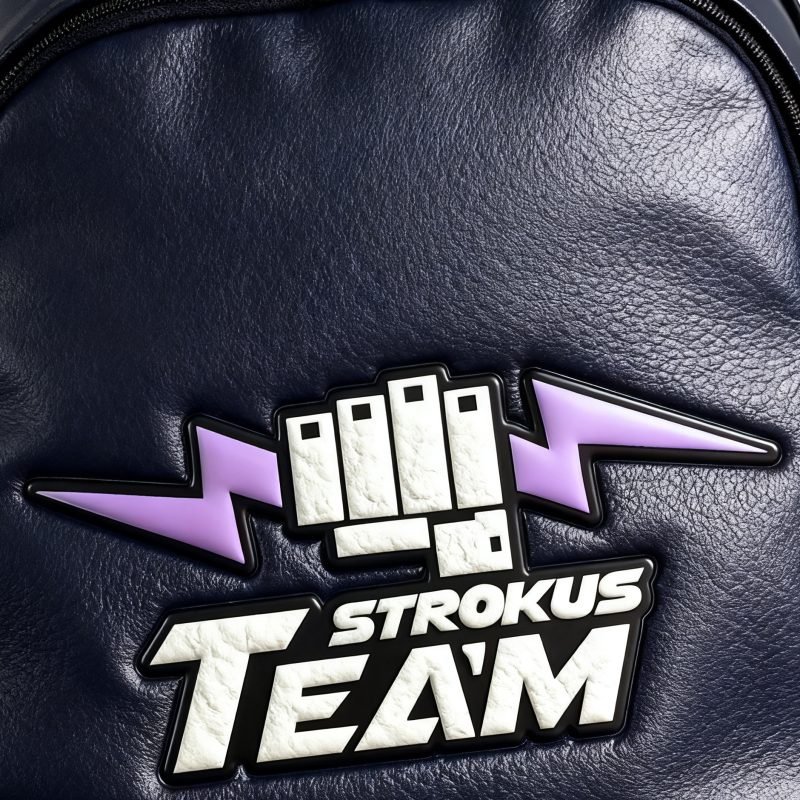
TPU
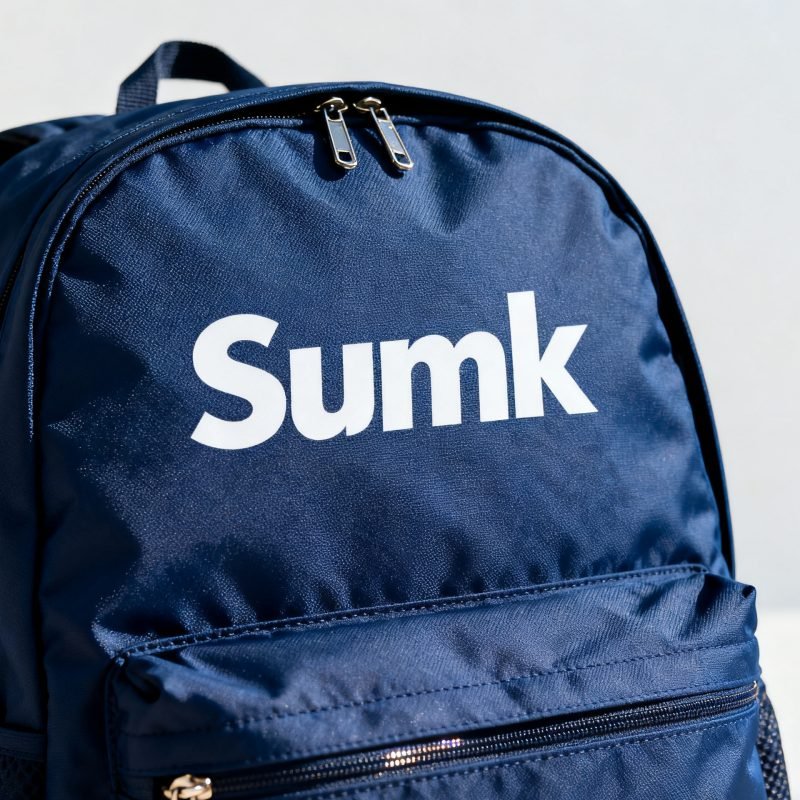
Dye Sublimation

Metal Sign
Adaptability of Different Materials and Processes
Material Type | Recommended Process | Reason |
| Natural leather | Embossed, laser engraved, embroidered | The thickness and toughness of the leather are suitable for three-dimensional craftsmanship, and embossing can highlight the texture |
| Synthetic leather/microfiber | Heat transfer, digital direct printing | The surface is smooth, suitable for high temperature transfer; microfiber imitation leather texture is highly compatible with printing |
| Nylon/Polyester | Heat transfer, screen printing | High temperature resistance and moderate ink absorption, suitable for sports and outdoor bags |
| Canvas/cotton | Screen printing, embroidery, applique | Good ink absorption, easy to achieve handmade craftsmanship |
Explore Our Backpack Products
The backpacks blend waterproof protection, anti-theft design, and ample capacity with high-quality materials for reliable performance. Built for everyday use, school, commuting, outdoor adventures, and business settings—comfort and style you can count on in any environment. Thoughtful details include durable fabric, reinforced zippers, organized pockets, and ergonomic support that make daily carry effortless.



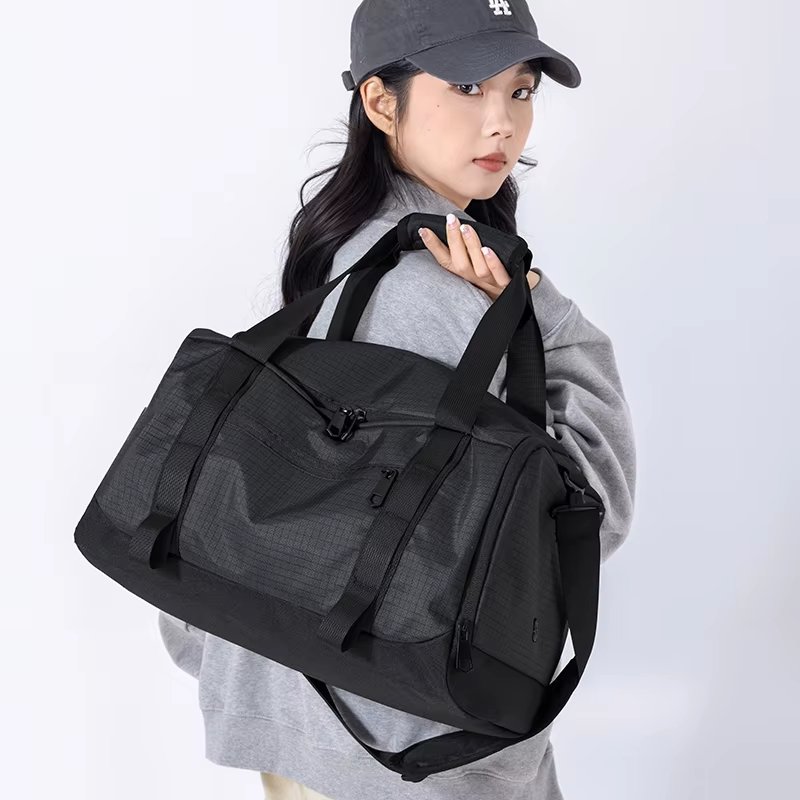
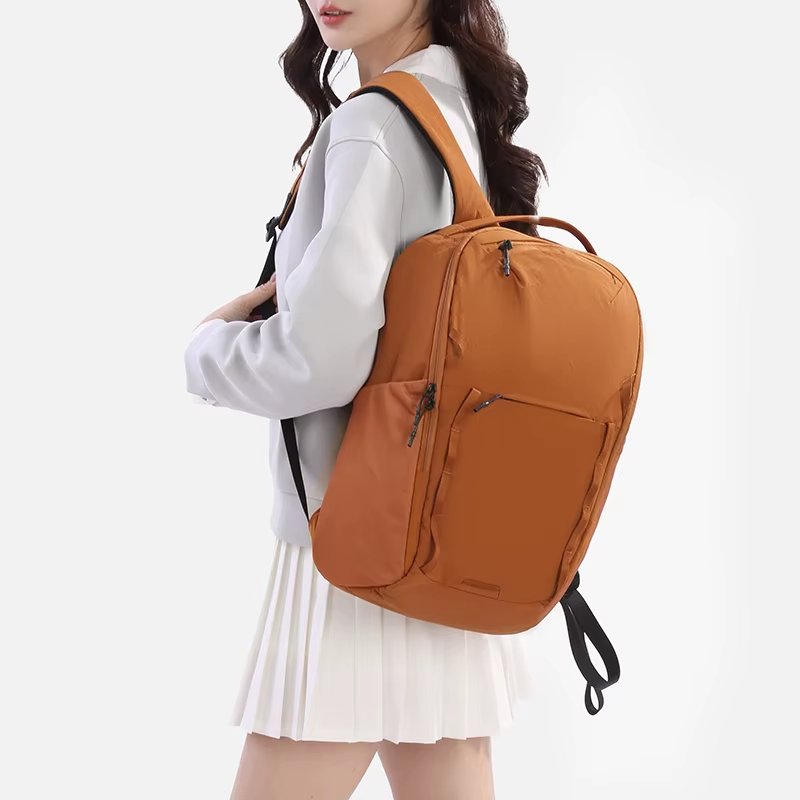
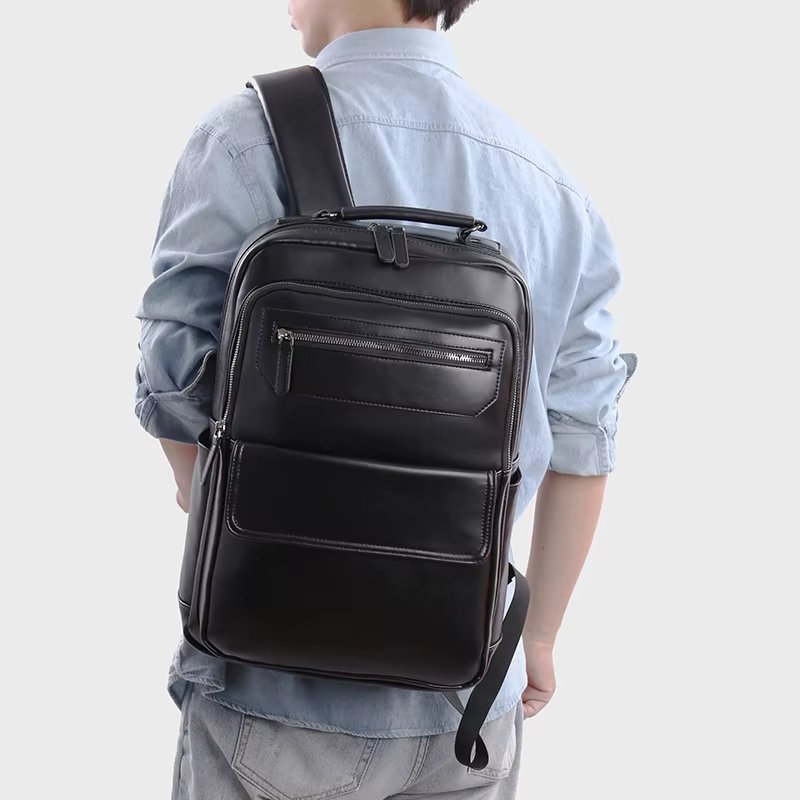
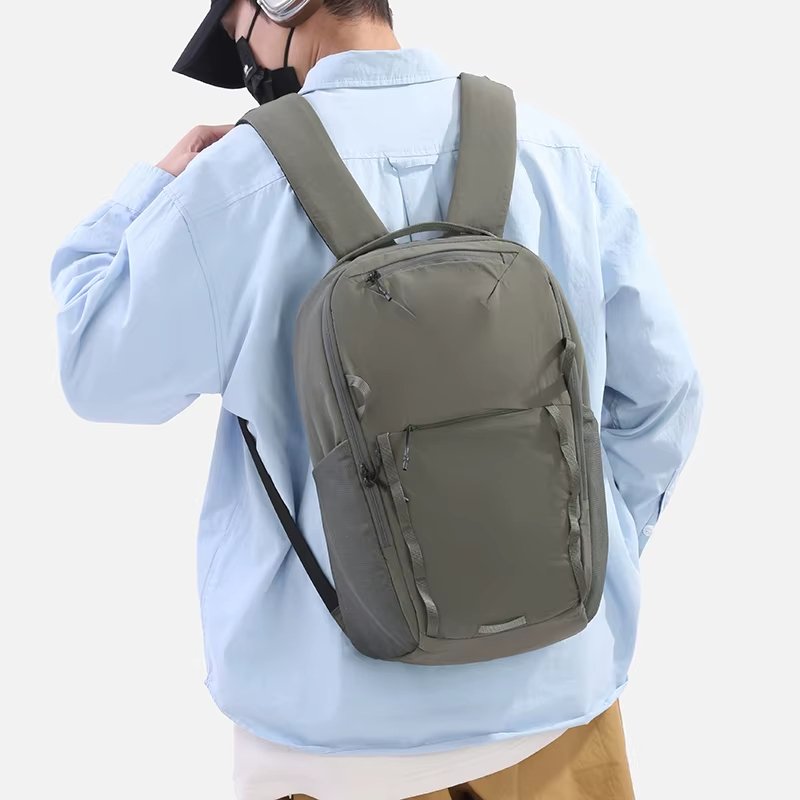
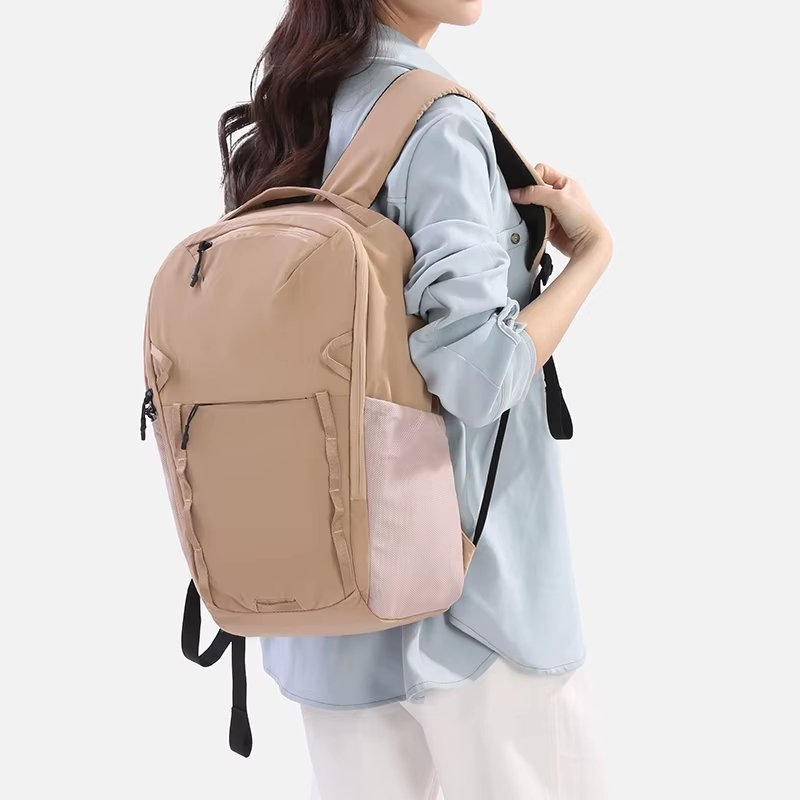
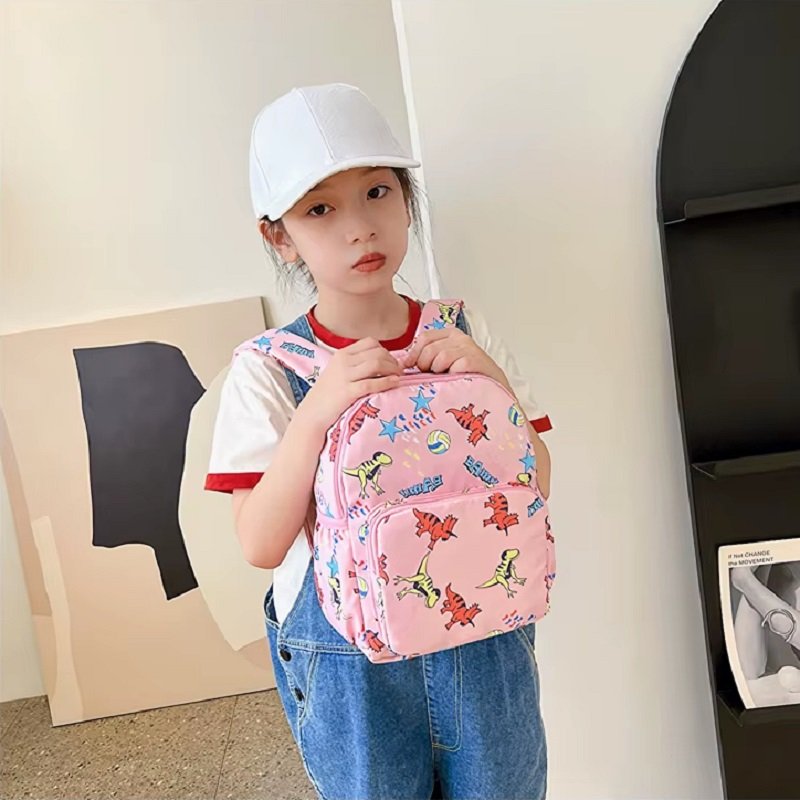
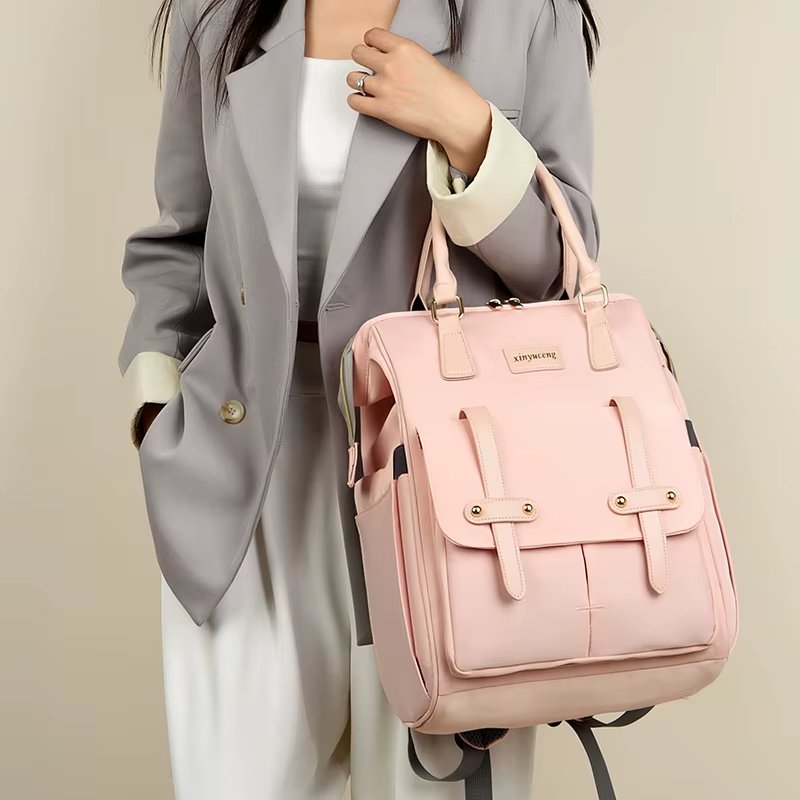
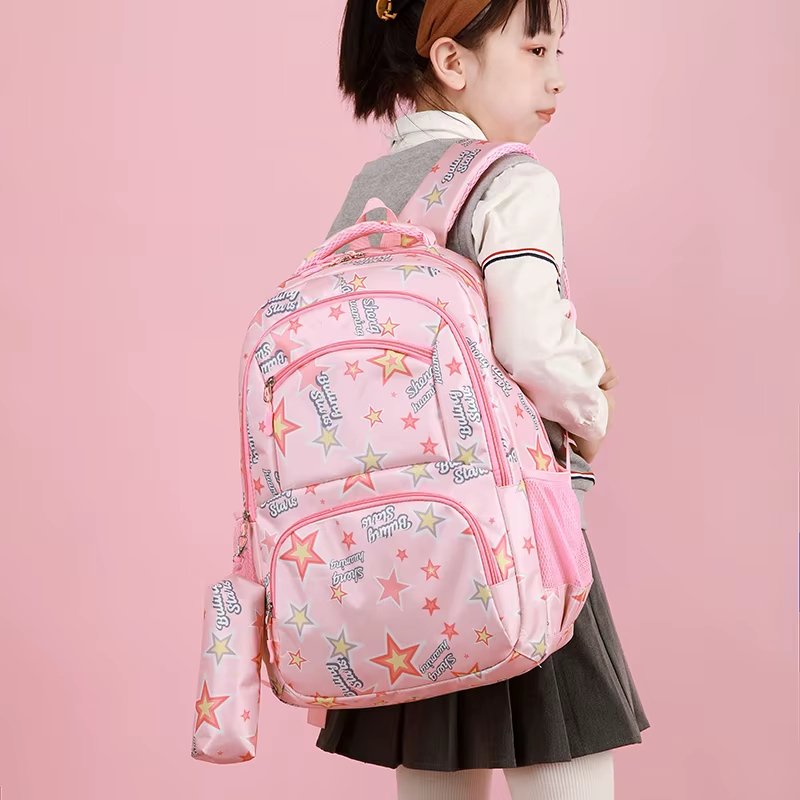

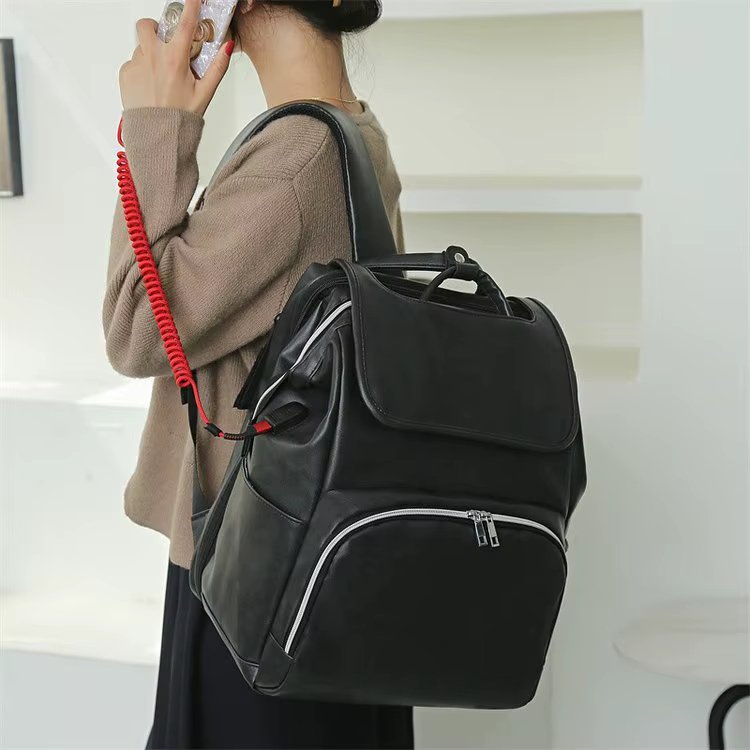
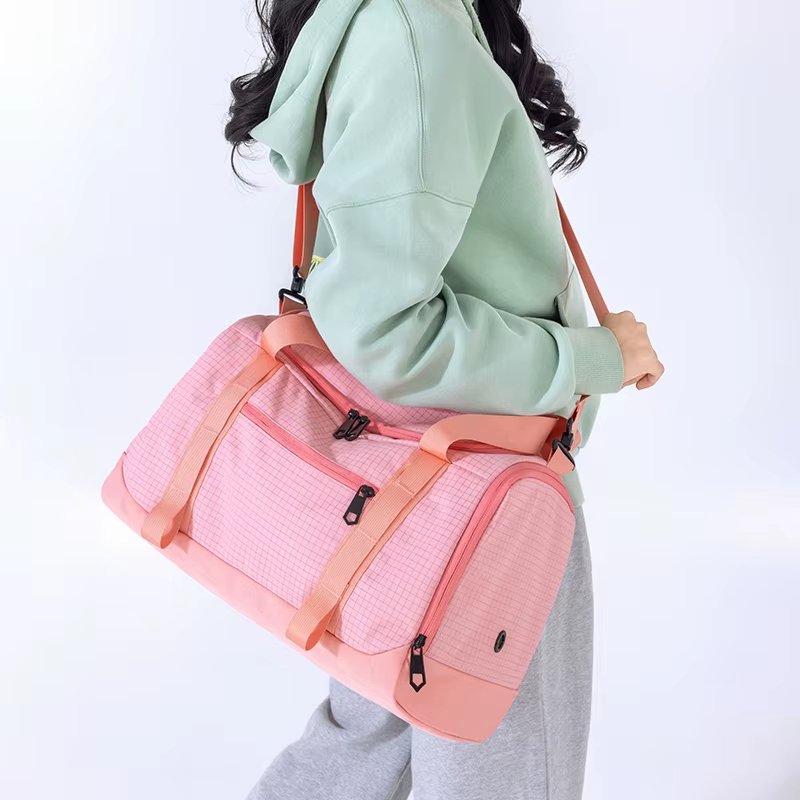
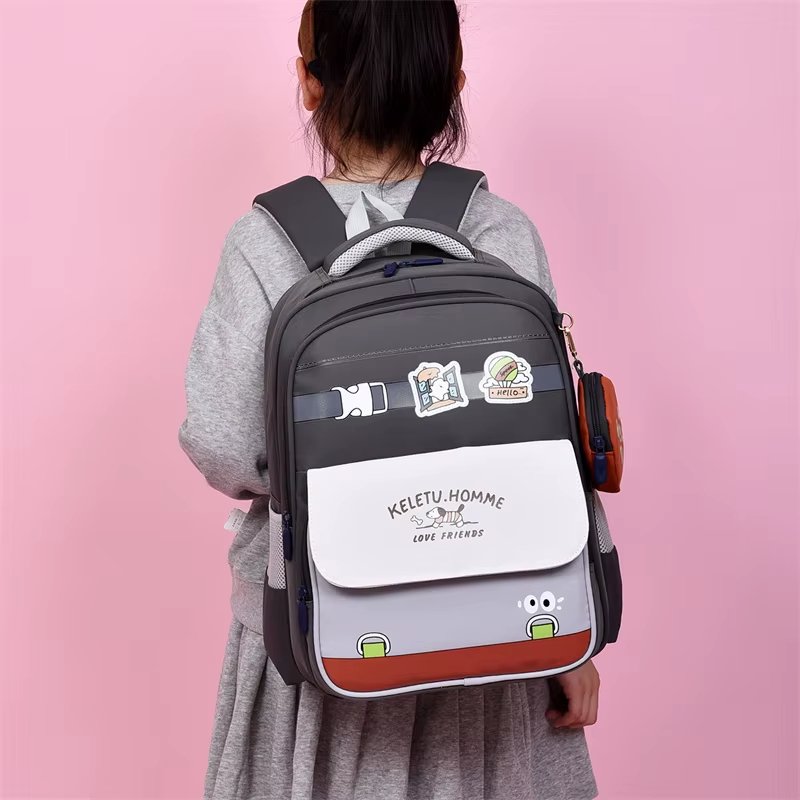
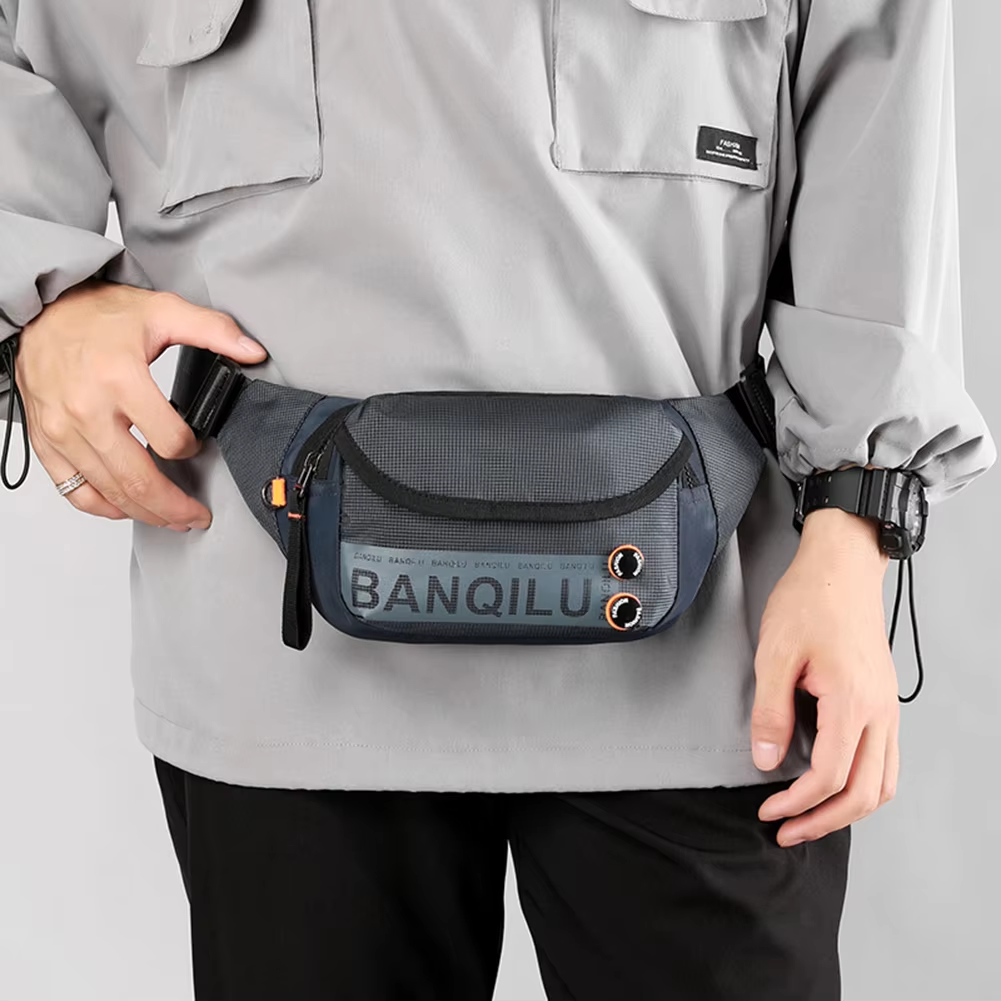
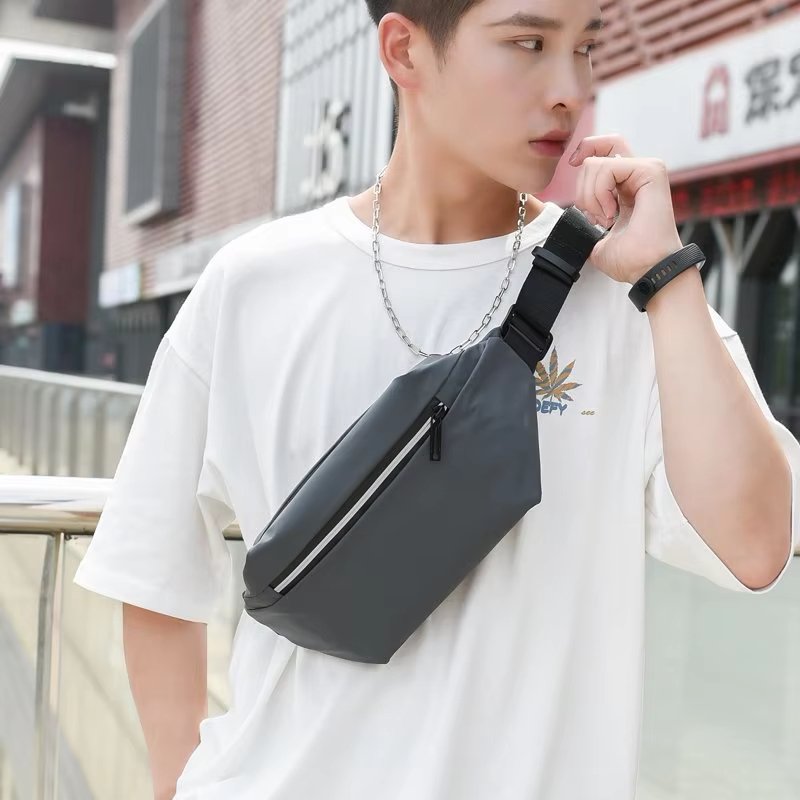
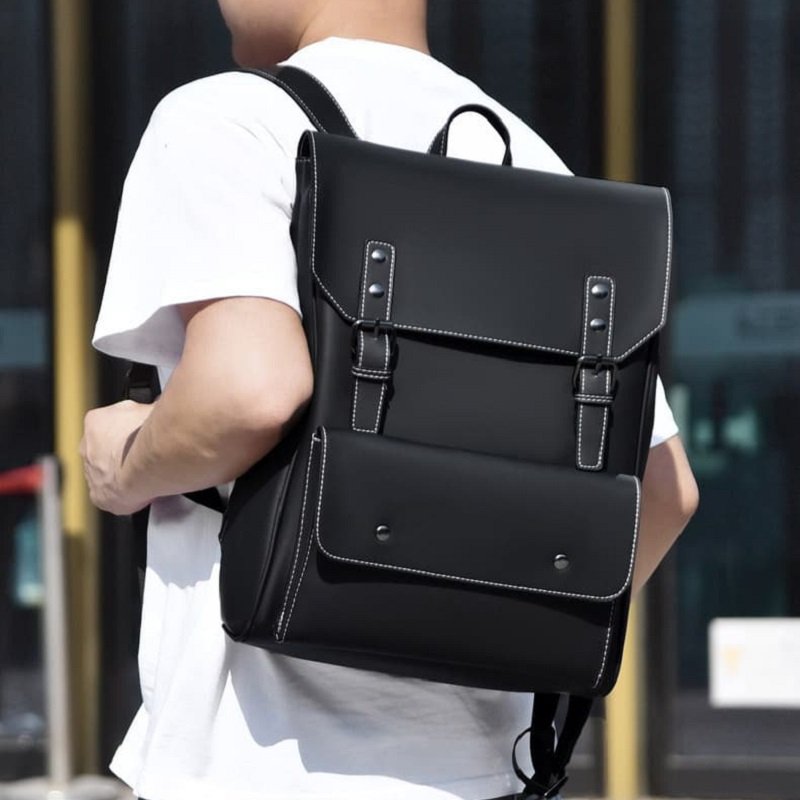
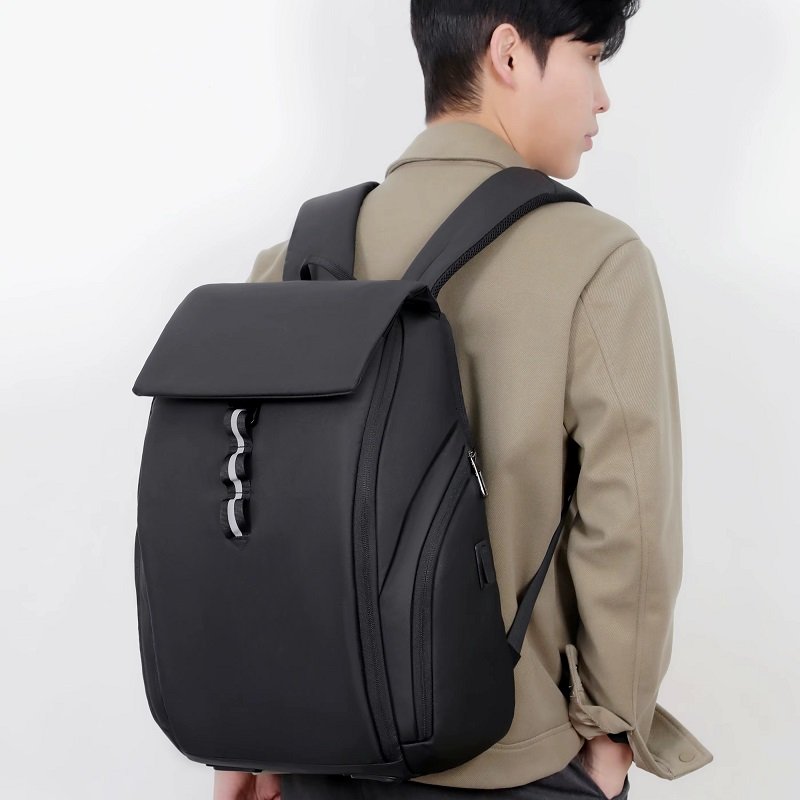
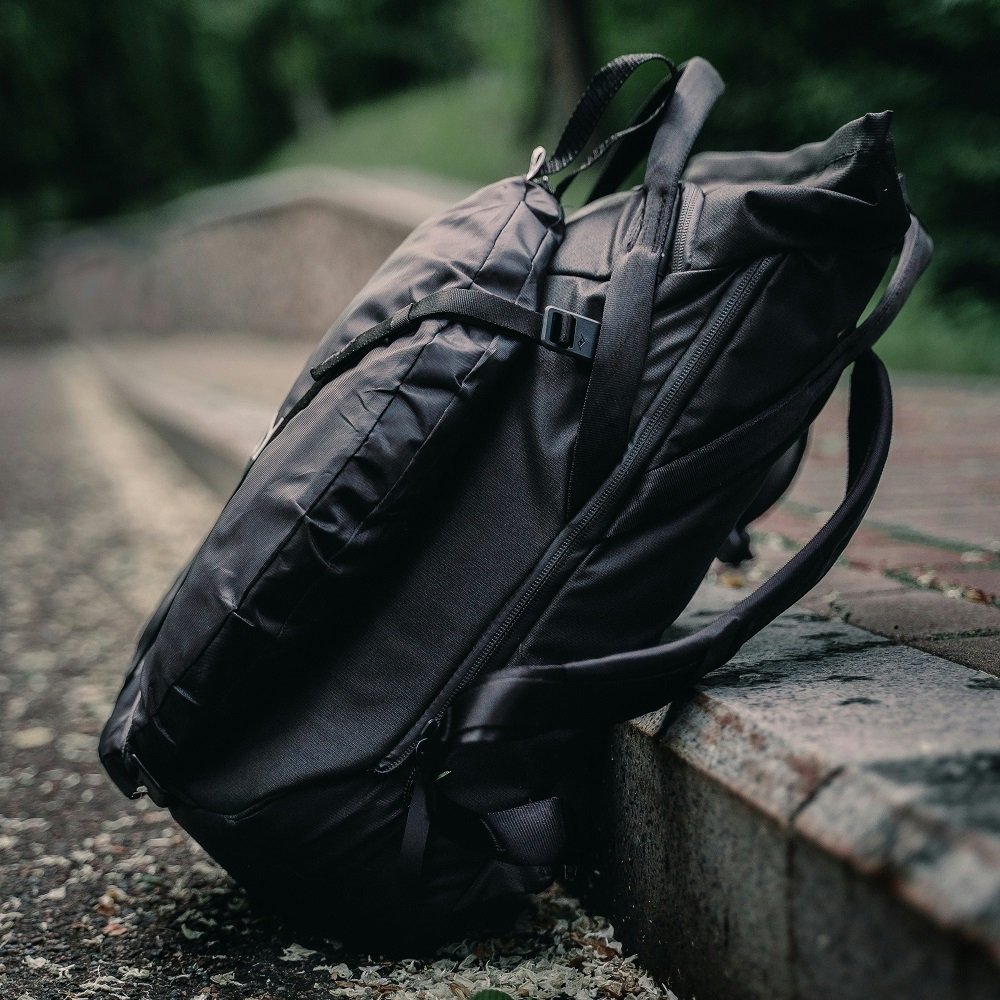
Contact
Ask Us Anything
Got a question? We’re here to help! Just reach out, and we’ll get back to you with the necessary answers.
